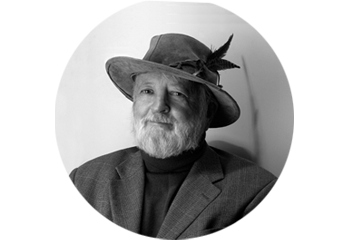Clearly we are not winning the battle to conserve species. At this stage, to shake all of us out of our lethargy, we need a world event for nature.
What if we were to pick a day and on that day let the children of the world dance for nature? Let them dance in their own country but let them know that children in other countries are dancing too. Let them know that English children and Dutch children and Japanese children and American children are dancing on that day.
Let them know that they dance for the joy of being children; that they dance in the delight of their own existence; that they dance to celebrate Nature in all her wonders. And perhaps, we reserved adults that we are, might dance a little as well.
We should dance for the starfish. We should dance for the snow worms and the musk turtles and the silence of the great whales.We should dance for the symmetry of tuna and the beauty of sea hares.We should dance for the snipefish and the magpie larks. We should dance for the ice fields of Antarctica.
We should dance too a requiem for the species that tried and failed. We should dance for the Great Auk, the Japanese Wolf, the Labrador Duck, the Elephant birds, the Quagga and the Giant Irish Deer. We should dance too in remembrance of species we have recently driven to extinction – even before we had time to give them the dignity of names.
And when the dancing stops we should cheer with the joy of knowing that all the children of the planet, and some adults too, danced that things be made better for nature: That we become aware that planet-wide movements for nature are now needed if conservation is to become significant. Such a Nature day would be worthy of remembrance.
Patrick
